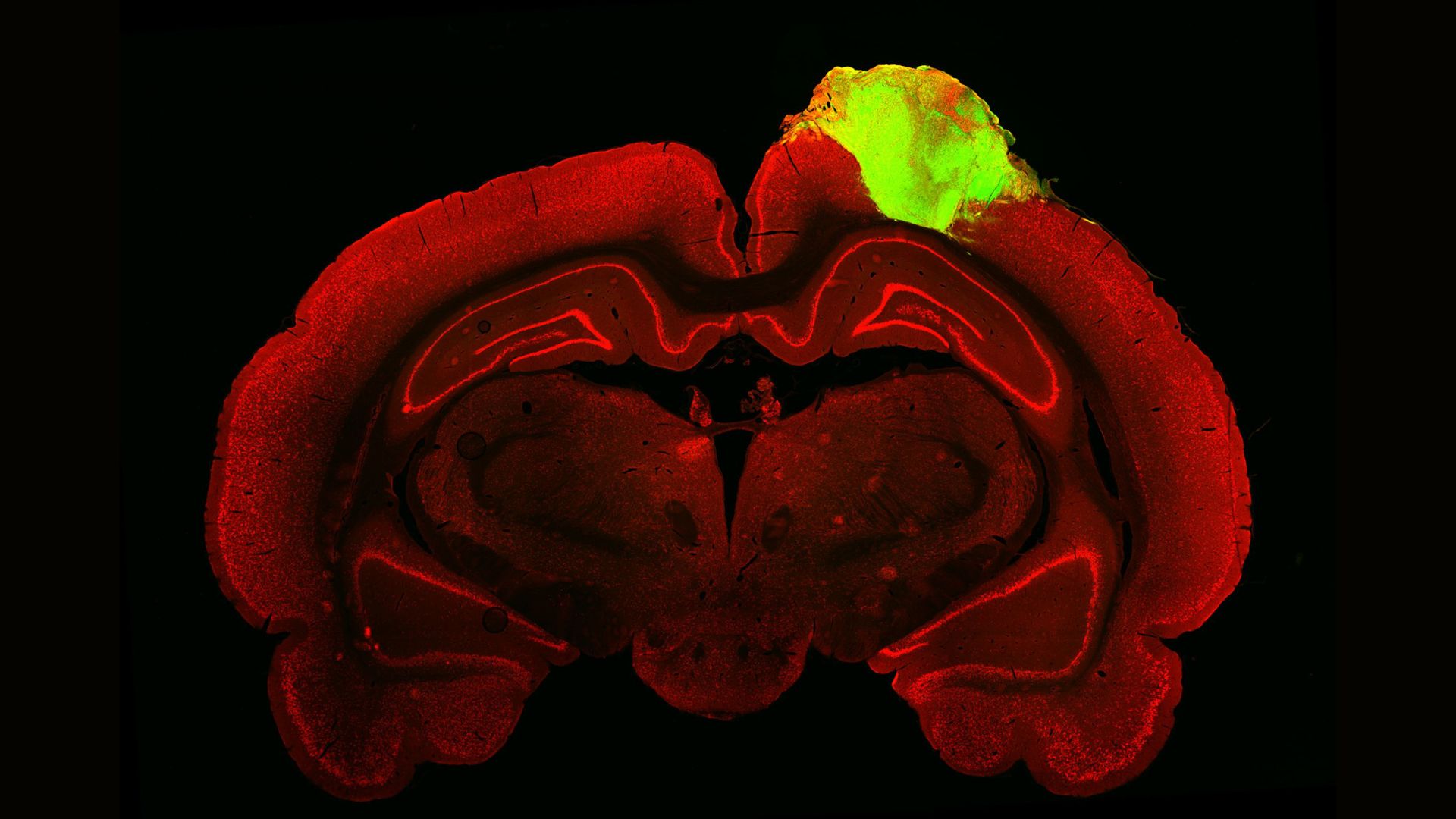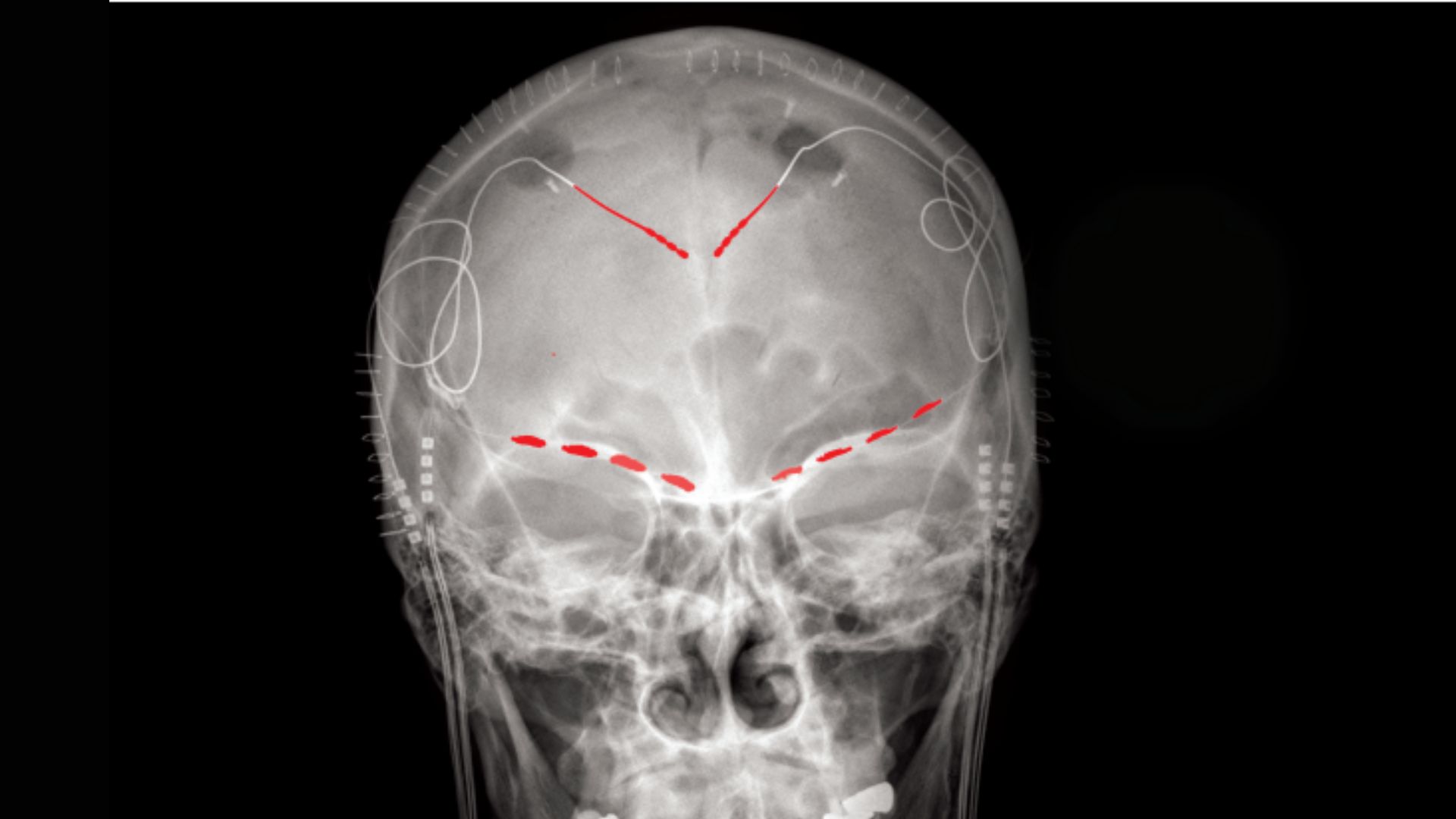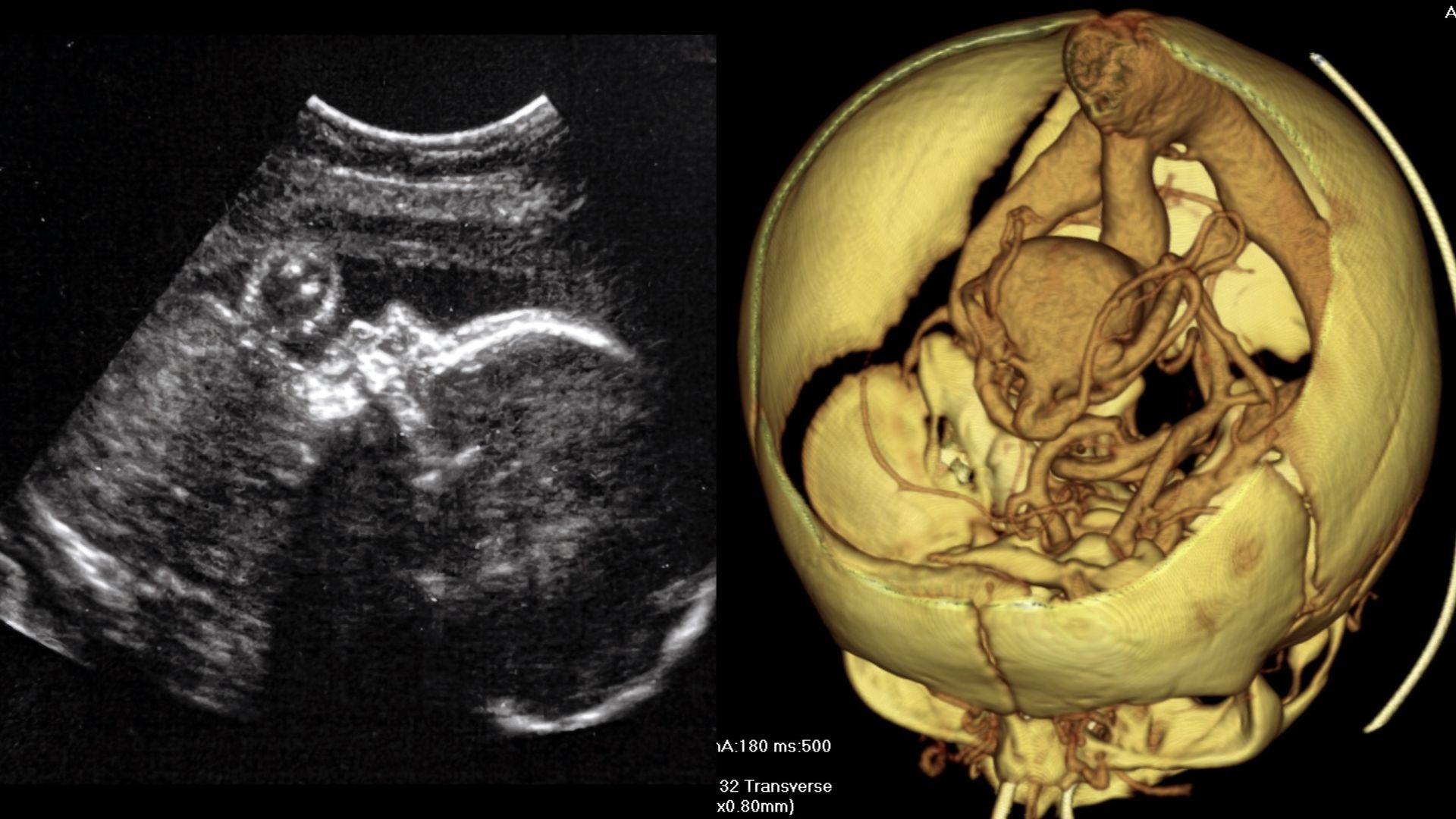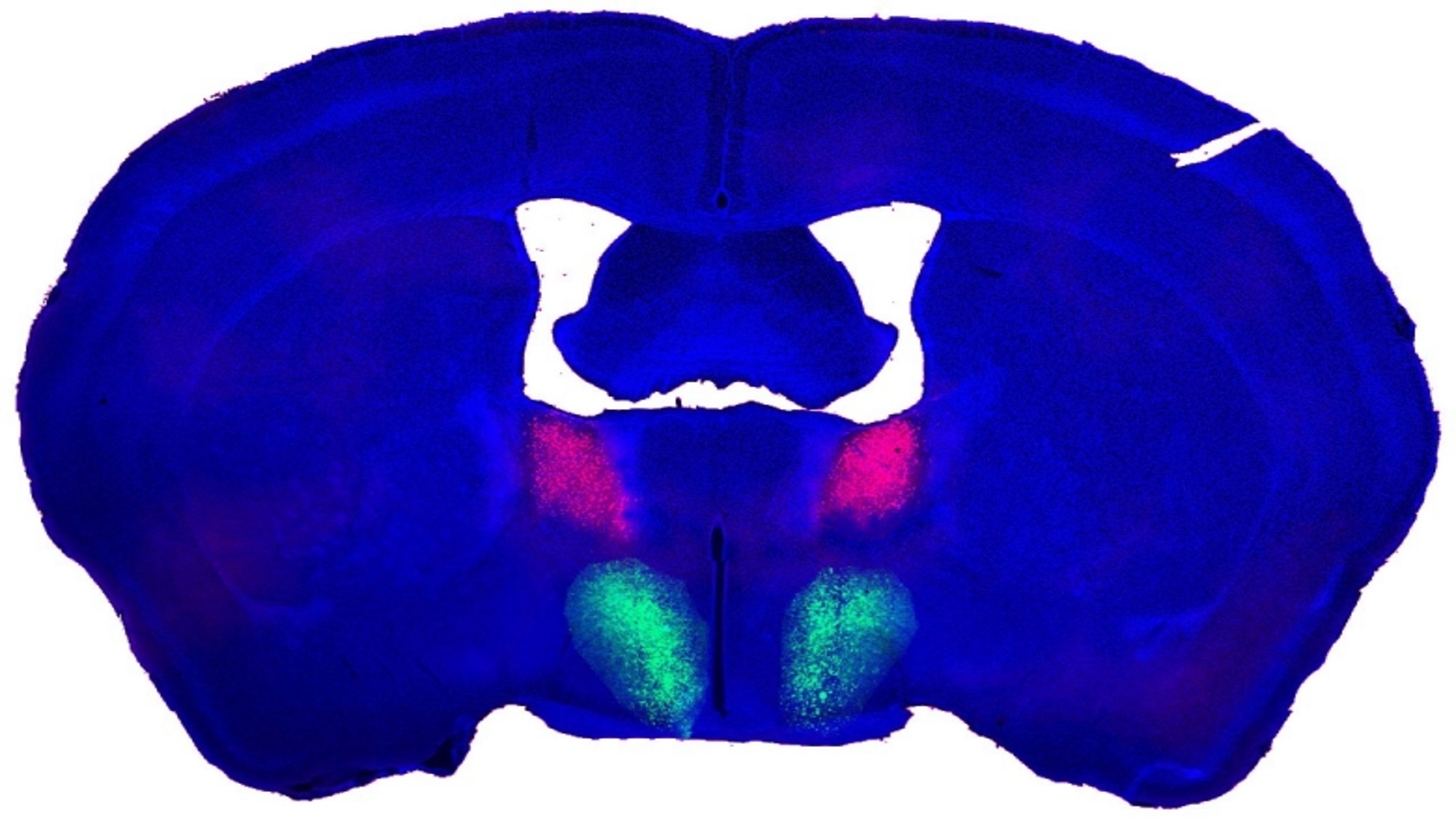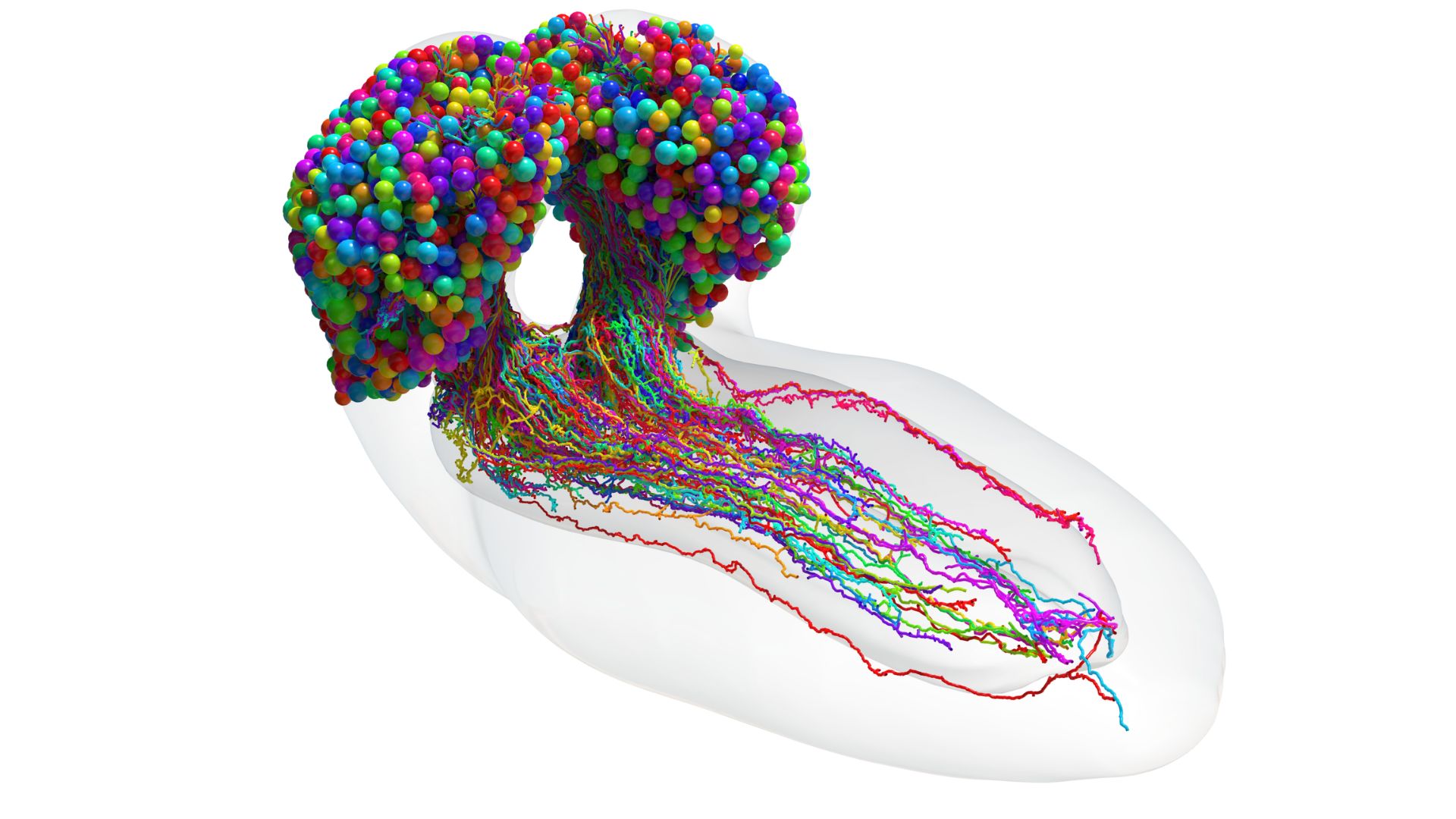18 brain studies that blew our minds in 2023
From its strange "spiral signals" to a libido switch, the brain contains myriad mysteries that scientists are still working to unravel.

Perhaps the most mysterious organ in the body, the brain continues to astound scientists despite the countless hours they've spent attempting to decipher its inner workings. Each new discovery about the brain brings a thousand new questions in its wake.
Here are 18 things we learned about the brain in 2023 that blew our minds.
Related: Do we really use only 10% of our brains?
1. Newly discovered part of the brain
In January, scientists described their discovery of a kind of shield in the brain that helps clear away waste and acts as a look-out post for immune cells. The thin shield seems to help control the flow of proteins and molecules between different compartments containing cerebrospinal fluid, a colorless liquid that flows around the brain and within tubes through the organ.
2. Squid and human brains tied by evolution
Despite the 500 million years of evolution that separate squids and humans, our brains develop in a very similar way to the brains of these cephalopods. Scientists discovered this by monitoring stem cells called neural progenitor cells in developing squid embryos. To build a squid retina, where most of the animal's neural tissue is found, the cells must first form a long, densely packed structure that can also be spotted during the neural development of vertebrates like us.
3. 'Junk DNA' and big brains
The genes that enabled humans to grow notably big brains may have originally come from "junk DNA," which doesn't code for any proteins, researchers revealed early this year. At some point in human evolution, after we split from other primates, some of this junk DNA picked up the ability to encode proteins. In animal and lab-dish experiments, several of these genes appeared key for boosting brain growth.
4. Injuries plugged with minibrains
Scientists used cerebral organoids — miniature 3D models of the brain — to repair brain injuries in rats. The organoids were grown from human stem cells and transplanted into rats' visual cortices, the region of the brain where information from the eyes is initially processed. The researchers hope to eventually apply the technique in humans, but that's many years away.
Get the world’s most fascinating discoveries delivered straight to your inbox.
5. Native language wires the brain
A person's native language may influence how their brain links up information-processing hubs within its structure, according to a study of people whose native languages were German and Arabic published in February. Differences in the study participants' brains were chalked up to linguistic differences between the languages. However, more work is needed to reveal how cultural features of conversation might shape brain structure.
6. Psychedelics invade brain cells
Psychedelics have shown promise as therapies for hard-to-treat depression, and now scientists think it may be because they invade brain cells. Psychedelics, such as LSD, DMT and psilocybin, can bind to receptors for the chemical messenger serotonin — but significantly, they can latch onto these receptors on the outside and inside of cells. Theoretically, this means psychedelics might flip switches that traditional antidepressants, which generally increase the concentration of serotonin outside the cells, can't reach. That may be why trippy drugs drive brain cells toward building new connections.
7. Never-before-seen brain wave
Octopuses generate a type of brain wave not seen in any other animal, even humans. These long-lasting, unusually slow brain waves were recorded using electrodes implanted in freely moving octopuses' brains. Scientists aren't yet sure what function these unique waves serve, or if they're tied to a specific behavior.
8. Short-circuiting chronic pain
The brains of people with chronic pain show fluctuating patterns of activity that can be tied to the subjective experience of their pain, researchers have discovered. Deciphering these patterns could someday enable doctors to disrupt them with targeted therapies, thus short-circuiting patients' pain.
9. Brain surgery in the womb
In a first-of-its-kind surgery, doctors repaired a malformed blood vessel in a fetus' brain prior to birth. The malformation occurs in an estimated 1 in 60,000 births and is usually treated after birth, when it can sometimes be too late to prevent damage or death. In March, doctors successfully treated the malformation sooner, in the womb.
10. Life flashing before your eyes?
People's brains generate a flurry of activity in their last minutes of life, scientists revealed in May, and this electrical surge may reflect conscious experiences — however, that's just a theory. It could be that this activity erupts as people "move toward the light" or see their "lives flashing before their eyes," as portrayed in many movies. Or, it could also just be "aberrant electrophysiological activity," some experts say.
11. Mystery brain spiral signals
Spiral signals uncovered in the human brain may help organize the organ's complex activity. The spirals are brain waves that pass over the surface of the brain and rotate around central points. These spirals may act as bridges of communication between different regions of the brain, scientists theorized in June.
12. Sex switch in mouse brains
Scientists discovered an "on switch" for libido in the male mouse brain — and they think a similar control center may exist in humans, although they haven't found such circuitry yet. Flipping the switch drove male mice to mate with females and with inanimate objects, and also reduced the break time needed between rounds of sex. As of now, no equivalent circuit has been found in female mice.
13. Pink Floyd in brain waves
In August, scientists revealed they were able to "read" people's brain waves and recreate Pink Floyd's famous "Another Brick in the Wall," which the volunteers had listened to during their brain recordings. Some song snippets generated by the researchers really did sound like the 1979 protest song — other snippets, however, sounded much muddier.
14. A 'tell' for false memories
Your brain's activity shifts in a distinct way when you're about to recall a false memory, or one in which the events never really happened. This "tell" specifically crops up in the hippocampus, a key brain region for memory, scientists recently discovered.
15. Brain changes across menstrual cycle
The brain's structure goes through subtle changes throughout a person's menstrual cycle. These changes appear in the microstructure of the brain's white matter — the insulated wires that run between brain cells — as well as the thickness of its gray matter, the bodies of brain cells. For now, it's unknown whether these brain changes affect cognition or the risk of brain diseases. But the research could open the door to such discoveries in the future.
16. Complete insect brain map
The first-ever complete map of an insect's brain contains 3,016 neurons. The fruit fly brain atlas, completed over 12 years and finally revealed in June, shows all the physical connections between the thousands of cells. It could help pave the way for more-advanced artificial intelligence (AI) systems and help scientists decipher similar structures in the human brain.
17. Most-complete human brain map ever
This year, scientists unveiled the most detailed atlas of the human brain ever conceived which details the arrangement of 3,300 types of brain cells, few of which were previously known to science. The atlas is half composed of neurons — the brain cells that communicate through chemical and electrical messages — and half made up of non-neuronal cells.
18. Minibrain plugged into AI
For the first time, scientists plugged a brain organoid into the middle of an AI system and used the hybrid computer to perform tasks and computations. The experiment could help pave the way for biocomputers that borrow tricks from biology to become more energy efficient than standard computers.
Ever wonder why some people build muscle more easily than others or why freckles come out in the sun? Send us your questions about how the human body works to community@livescience.com with the subject line "Health Desk Q," and you may see your question answered on the website!

Nicoletta Lanese is the health channel editor at Live Science and was previously a news editor and staff writer at the site. She holds a graduate certificate in science communication from UC Santa Cruz and degrees in neuroscience and dance from the University of Florida. Her work has appeared in The Scientist, Science News, the Mercury News, Mongabay and Stanford Medicine Magazine, among other outlets. Based in NYC, she also remains heavily involved in dance and performs in local choreographers' work.


